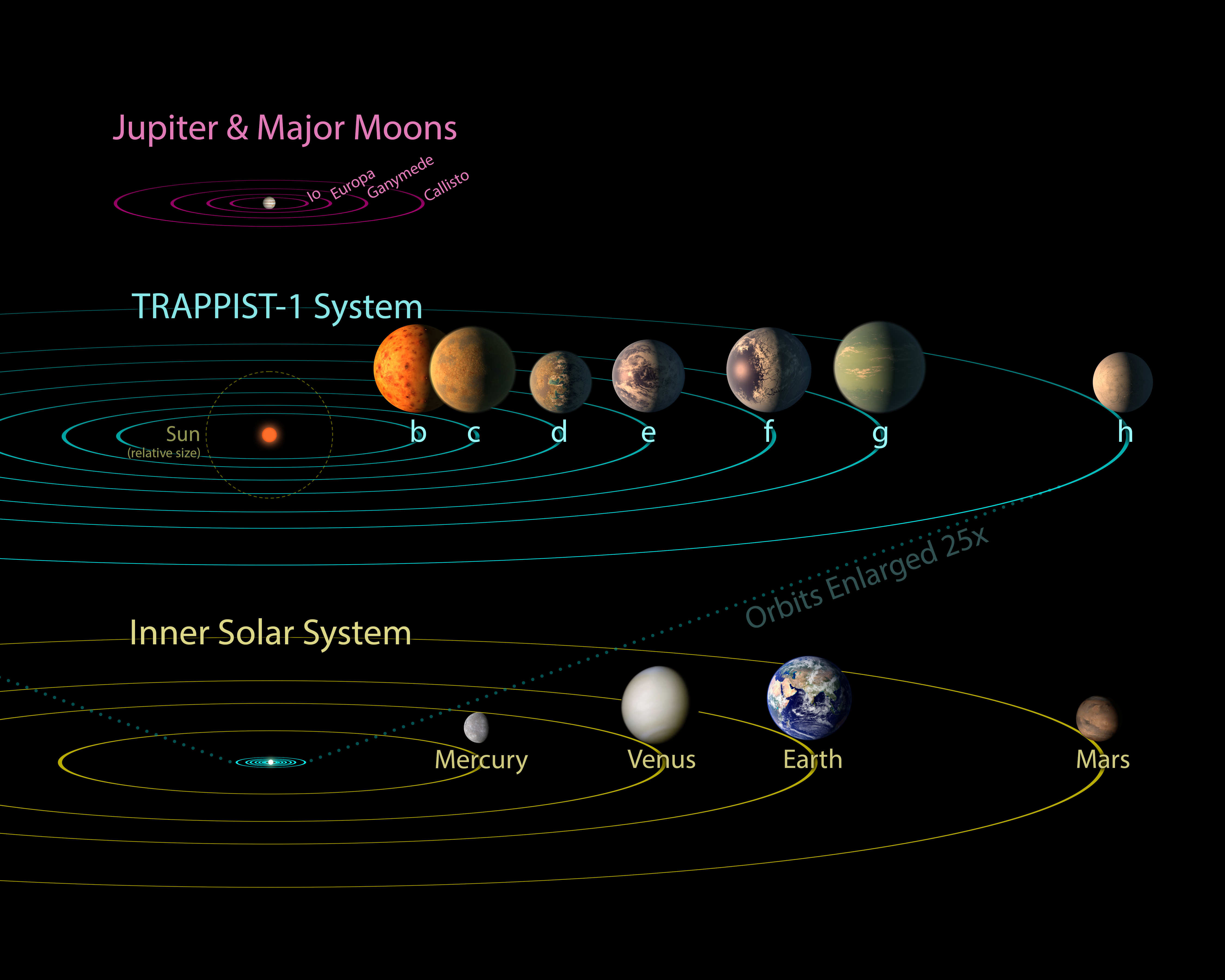
The James Webb Space Telescope continues to work and help scientists explore the universe.Specialists
What is known
James Webb is equipped with an infrared cameraMid-Infrared Instrument (MIRI) range. This instrument was used to measure the temperature on the planet TRAPPIST-1b, which is 1.4 times the size of Earth.
Astronomers wanted to find an atmosphere on the planet.It turned out that the temperature on TRAPPIST-1b in the daytime reaches 230 degrees Celsius. Unfortunately, the scientists could not detect any traces of light absorption or redistribution. This may indicate the absence of an atmosphere on the planet.
It's not worth getting upset just yet.There are seven planets in the TRAPPIST-1 system that orbit the red dwarf. Three of them (TRAPPIST-1e, TRAPPIST-1f and TRAPPIST-1g) can support biological life.

</ img>
The star is 40 light years away.Sun, making the system the most explored by the National Aeronautics and Space Administration (NASA). Of course, after the solar system.
The planet TRAPPIST-1b is 100 times closer toits own star than the Earth is to the Sun, and 40 times closer than Mercury. The relatively weak luminosity of the red dwarf is fully compensated by the small distance. So, TRAPPIST-1b receives 300% more light than our planet.
Scientists immediately understood that the chance of existenceatmosphere was very small. However, NASA hoped to get different results. Some researchers have suggested that TRAPPIST-1b has a dense atmosphere.